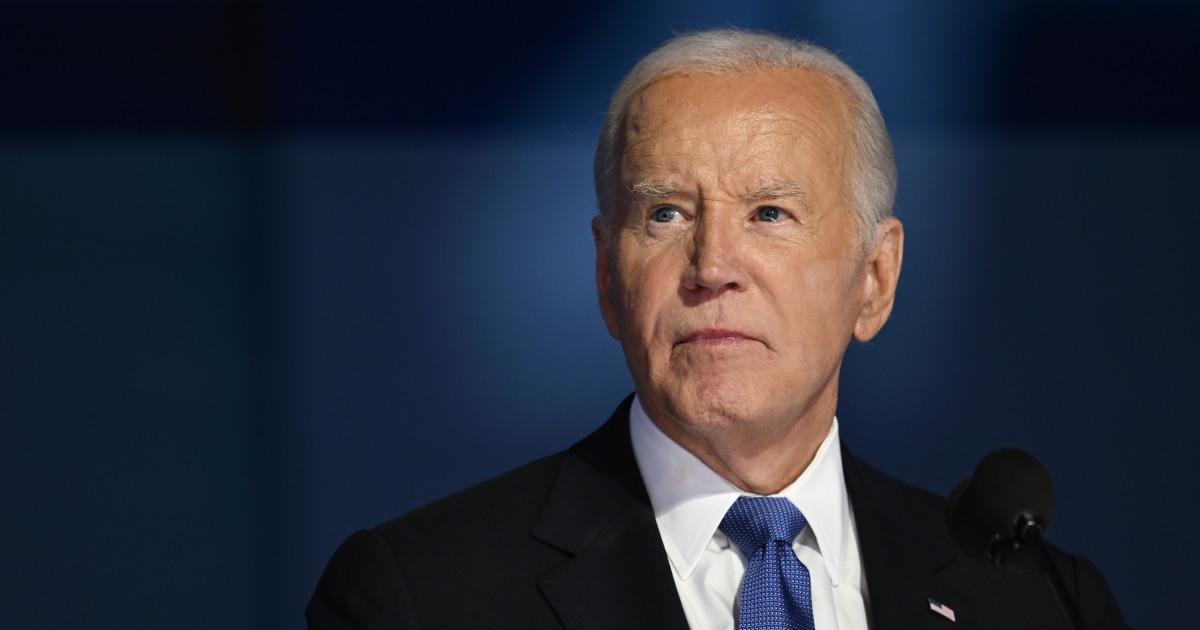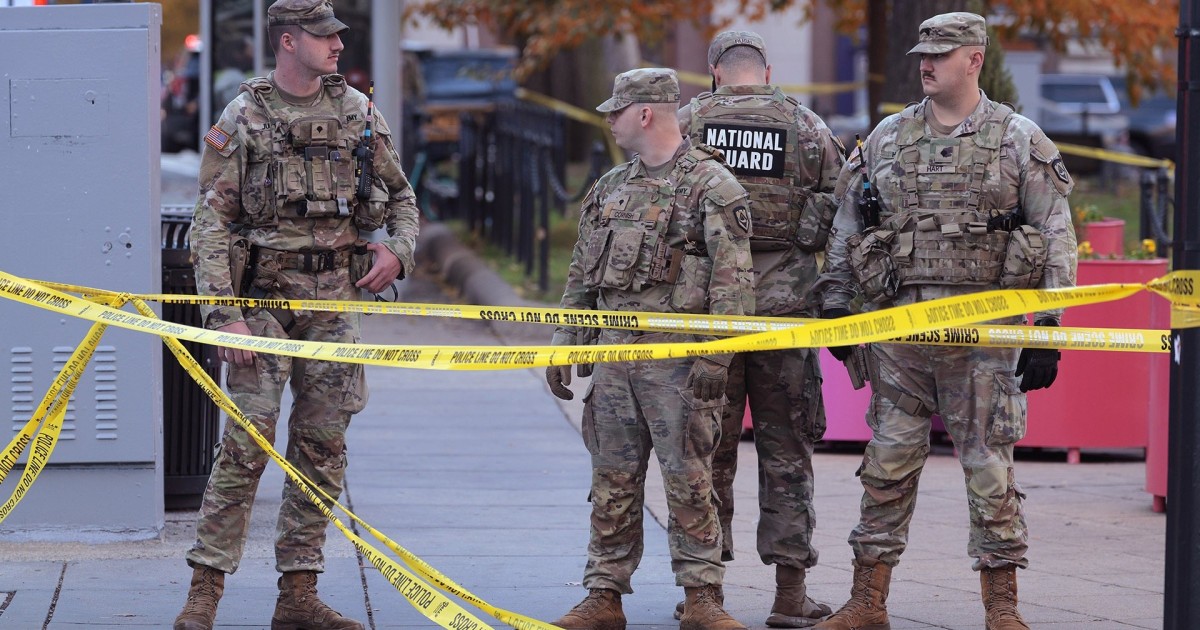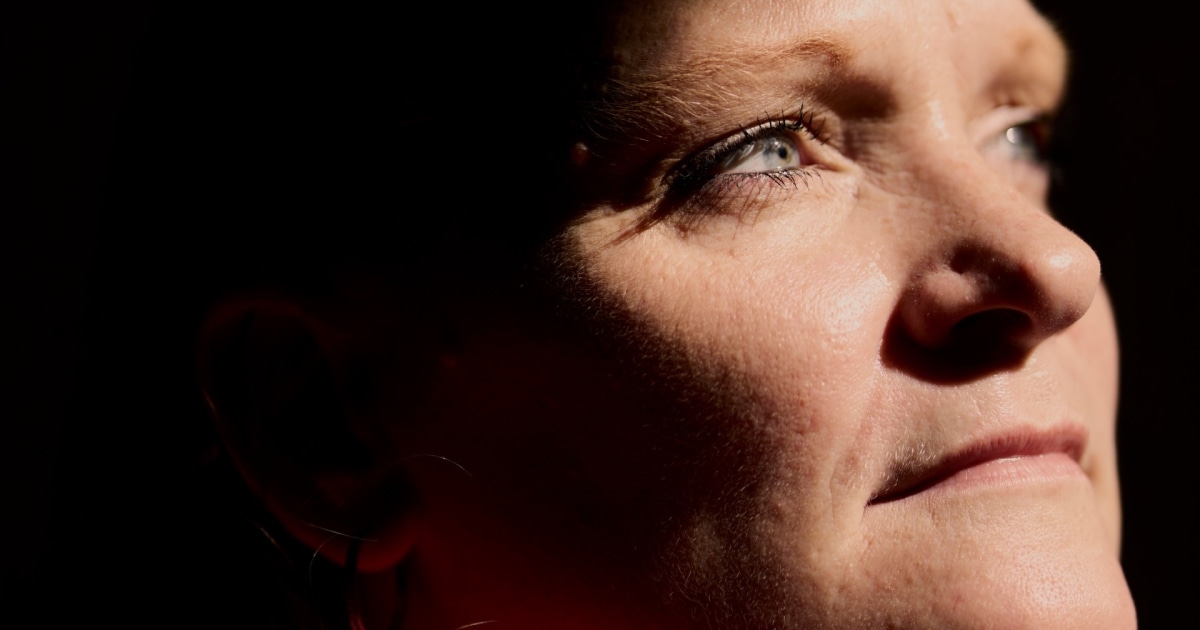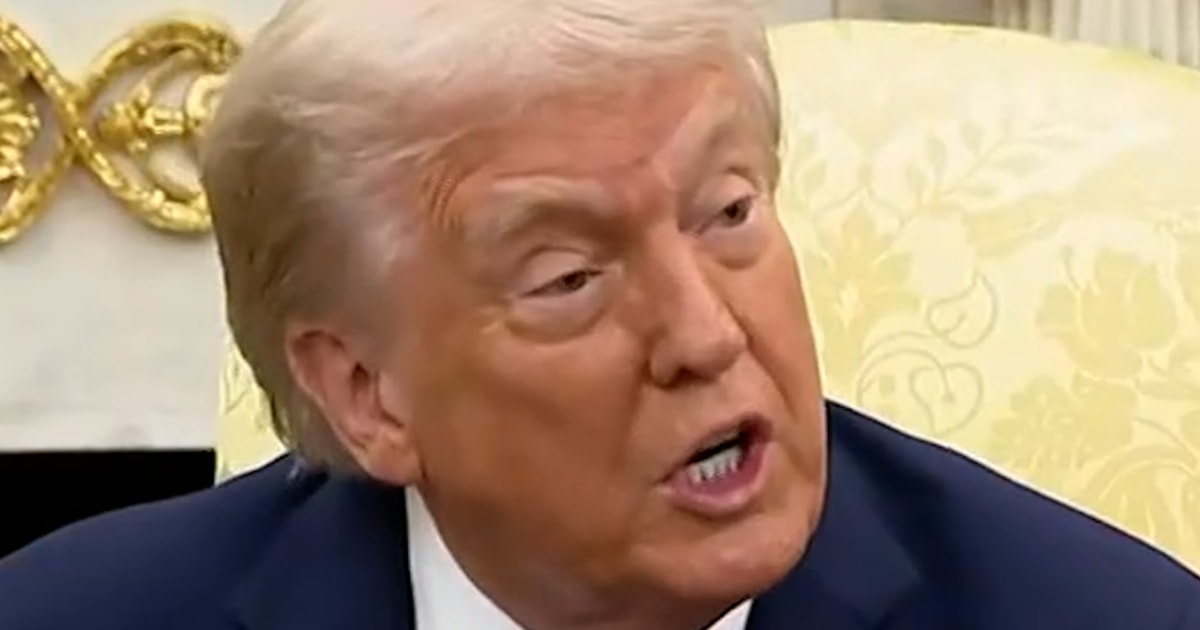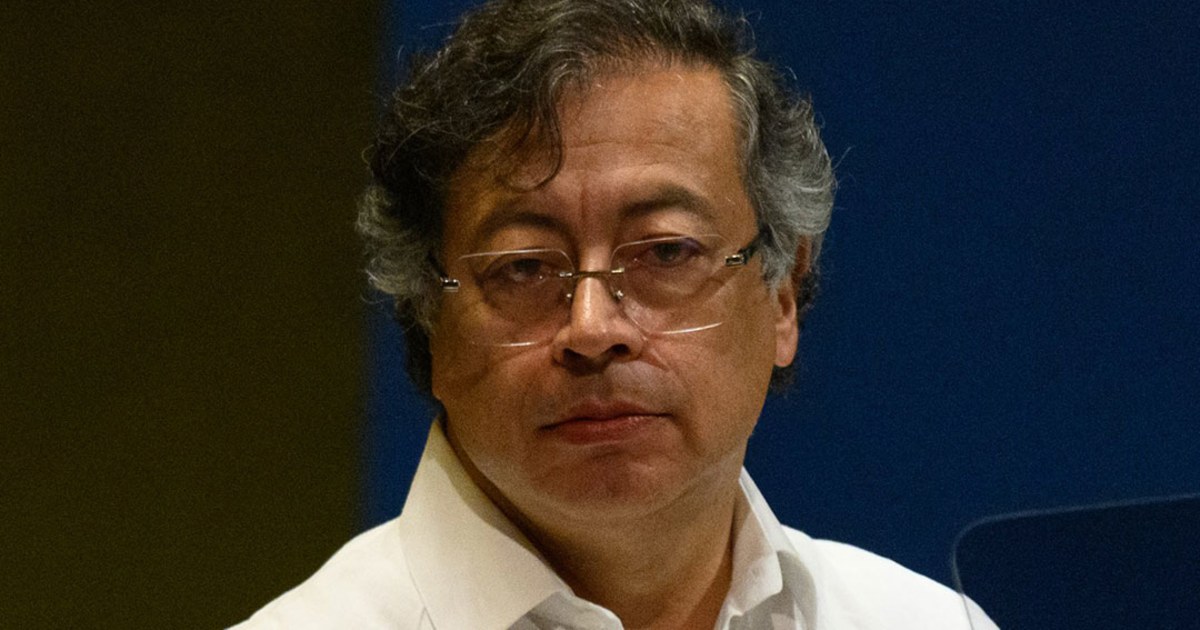Former President Joe Biden is undergoing a new phase of treatment for an aggressive form of cancer that was diagnosed in May, a spokesperson said Saturday.”As part of a treatment plan for prostate cancer, President Biden is currently undergoing radiation therapy and hormone treatment,” the spokesperson for the former president said
Source link
Oct. 11, 2025, 8:48 AM EDT / Updated Oct. 11, 2025, 10:13 AM EDTBy Kelly O’Donnell and Nick DuffyFormer President Joe Biden is undergoing a new phase of treatment for an aggressive form of cancer that was diagnosed in May, a spokesperson said Saturday.”As part of a treatment plan for prostate cancer, President Biden is currently undergoing radiation therapy and hormone treatment,” the spokesperson for the former president said.The radiation treatment is expected to span five weeks and marks a new point in his care, a source familiar told NBC News. He has already been taking a pill form of hormone medication.Biden diagnosed with ‘aggressive’ form of prostate cancer01:13Last month, Biden, 82, also had a skin cancer treatment known as Mohs surgery. A large bandage on his forehead was visible in public appearances at that time.Following that procedure, his physician wrote in a memo that “all cancerous tissue was successfully removed” and that “no further treatment is required.”The former president announced in May that he had been diagnosed with an aggressive form of prostate cancer that had already metastasized to his bones.His office said at the time that he was pursuing several treatment options to ensure “effective management” of the illness.In a post on X after he shared his diagnosis, Biden said, “Cancer touches us all. Like so many of you, Jill and I have learned that we are strongest in the broken places. Thank you for lifting us up with love and support.”At the time, multiple oncologists told NBC News that given the nature of his cancer and the fact that it had already metastasized, it was possible that Biden’s affliction had gone undiagnosed for years.Men his age are not usually screened for prostate cancer, with the American Cancer Society recommending that men in their 50s and 60s get screened every two years. It’s unclear whether Biden was screened for prostate cancer during his last medical exam in office, which took place last year.The former president, who turns 83 next month, is said to be “doing well.”In 2023, while he was still in office, Biden had a skin lesion removed during a routine physical exam that was later found to be cancerous. A physician at the time said that no further treatment was required.Biden left the White House in January, just months after he suspended his re-election campaign last year, endorsing his vice president, Kamala Harris, for re-election instead.His re-election campaign and the final months of his presidency were marred by allegations that he was too old to run again and that he was not mentally fit. The former president and his family have repeatedly denied these claims.Kelly O’DonnellKelly O’Donnell is Senior White House correspondent for NBC News.Nick DuffyNick Duffy is a platforms editor for NBC News.
